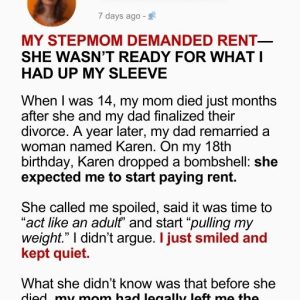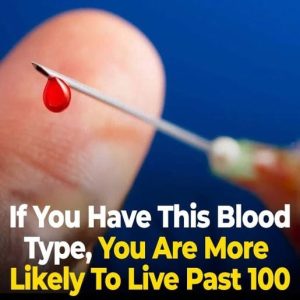While bulging veins may look concerning, they’re often harmless. Exercise, aging, genetics, sun exposure, tight clothes, and hot weather can make veins more visible. “However, more uncommonly, bulging veins could be an indication of a serious health condition like blood clots.”
Bulging veins happen when valves in veins weaken, causing blood to pool. Spider veins, which are small and flat, differ from varicose veins—larger, raised veins that may cause pain, swelling, or cramps. As the article says, “Spider veins rarely call for medical intervention,” while varicose veins “present various symptoms beyond just their visible appearance.”
Risk factors include aging, being overweight, standing or sitting for long periods, and hormonal changes. “Studies have demonstrated that women are twice as likely to develop varicose veins as men.”
If untreated, varicose veins can lead to serious complications like venous ulcers, blood clots, or chronic swelling. “Pulmonary embolism occurs when blood clots travel to the lungs, which can be fatal.”
To prevent bulging veins, stay active, maintain a healthy weight, elevate your legs, and avoid tight clothing. Seek medical help if you experience sudden leg pain, swelling, bleeding, or skin changes, as these may signal serious conditions.





